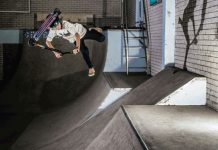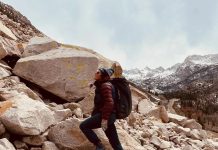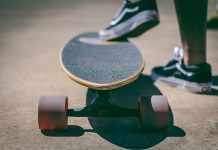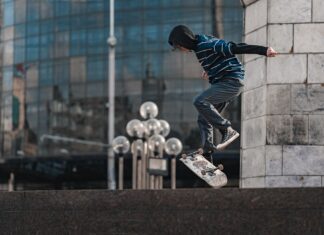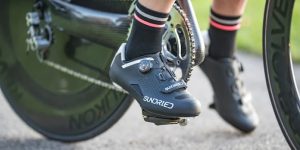
Now that you have your first ‘real’ bike, and put in the sweat and miles in longer rides, it’s time to start thinking about upgrades. You can always go better than what you currently have. Most riders change out the stock wheels for something lighter and sturdier and many tweak the drivetrain for a little extra gearing range and crisper gear changes. For most of us just getting into cycling though, the biggest change is moving on from flat pedals. As sleek as the combination of clipless pedals, cleats and bespoke riding shoes look on a bike, the change also brings quite a few advantages.

Why Cycle Clipless? And What are Clipless Pedals?
Basically, clipless pedals are those that attach to the shoes. The whole thing may sound daunting but simply consists of a mechanism on the pedal that binds with the appropriate bike cleat which in turn fits the sole of the shoe. There are different combinations meant for different types of riding. The clipless adage may be confusing for most new riders as you actually clip in the pedal. The term originated in the 1980s as clipless pedals came to replace toe clips (adjustable straps that kept the feet firmly on the pedals) and have stuck ever since. As times have moved on, cleats, clipless pedals and a good pair of riding shoes seem to be the norm for most road bikers today, and the system is also used in other types of riding.
What Advantages do Cleats Give?
Cleats are what connect shoes and pedals. When riding with flat pedals, your feet and the contact point with the pedals is constantly changing. You’ll come across bumps, and changes in the road and move around a lot more and this will affect your pedalling pace (cadence), your power output and your riding position. In short, you’re less effective and a lot of the effort you put in goes to waste.
Cleats help in this respect. You get a better pedalling stroke, with power exerted both while pushing the pedal down and pulling it up. The feet are kept in a constant position, gripping the pedals at all times, so you’re effective at building up speed on the flats, and even more so on tougher climbs. You’ll feel more at one with the bike, your feet are less likely to slip off, and you can move your weight around easier. This also translates to being able to do longer rides, as you’re less fatigued.

Types of Cleats
Cleats differ in design and are meant for different types of clipless pedals and different riding styles and bikes. There are two types of bike cleats – two-bolt and three-bolt cleats.
Two-Bolt Cleats
These have two points of attachment to the bike shoe. They’re bike cleats generally used in mountain biking, and are recognisable in that they’re typically smaller and fit the recess in mountain bike shoes. And they’re used with double-sided pedals, so clipping in and out is generally easier. In addition, the combination of two-bolt cleats and shoes is easier to walk in than three-bolt cleats.
Three-Bolt Cleats
These are designed to fit road bike shoes. They’re bigger than the two-bolts cleats, made of lighter materials (plastic vs metals), and the additional contact point offers potentially more transfer of power. In addition, it helps with stability, The downsides are that they fit only one-sided pedals, so are harder to get right at first. But once you get the habit of it, clipping in and out comes naturally. For beginners, there’s no reason why you can’t use double-side pedals and two-bolts cleats with the right shoe combo, as this is easier on longer rides where you’ll be stopping for a coffee or bite.

Are Cleats for Me?
The majority of riders that have moved on to cleats and clipless pedals and shoes don’t go back to flat pedals. Getting used to cleats will take a few hits and misses, but you quickly get accustomed to the whole system. Cleats work by a spring-operated mech in the pedals, and with the cleat fixed into the shoes you simply clip in. Unclipping, say when you need to stop, is done by moving your feet out from the bike frame. The left shoe and bike cleat unclips by moving the foot to the left, and the right foot, by moving the foot to the right.
For riders doing century sportives or longer rides with mates, cleats are indispensable. But if you’re commuting only a few kilometres to work or school, or ride a few times a month, cleats might not be the best solution.
Different Cleat Systems
The first cleat and clipless pedal combo was used in the 1984 Tour de France, and manufactured by LOOK. Today, you’ll find cleats from different manufacturers, and fitting the company’s pedals. So the brand of pedal you have will dictate the brand of cleats you buy. More popular options are from Shimano (the SPD SL for road and SP for mountain bikers), LOOK Keo cleats and pedals, Time ATAC and Xpresso systems and others.




